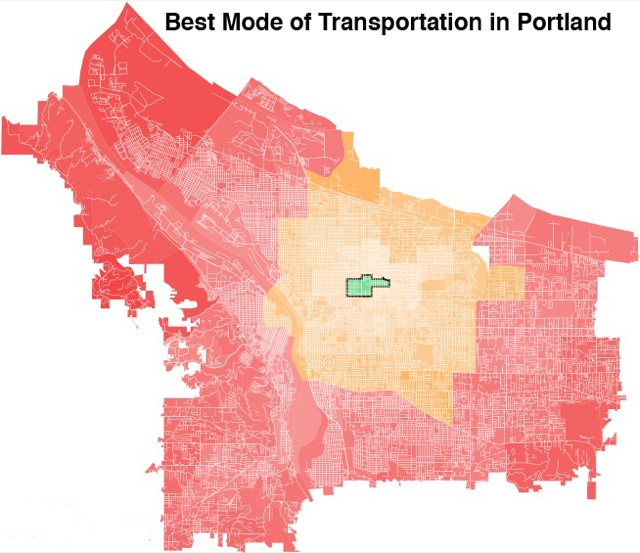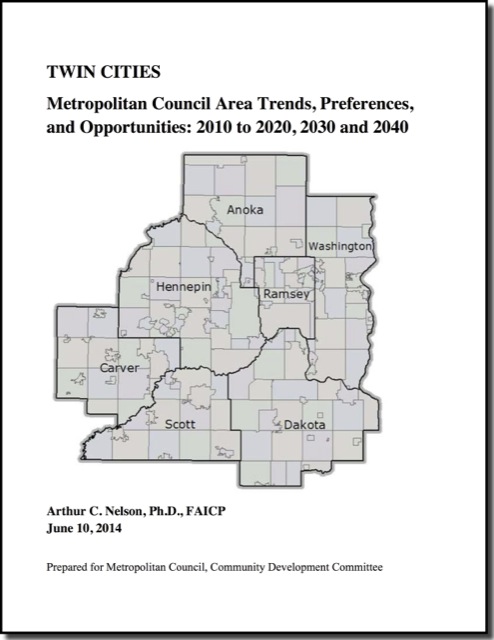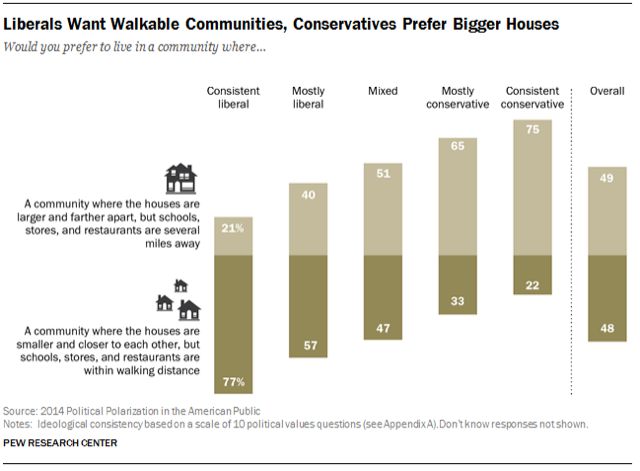“Building bigger roads actually makes traffic worse,” asserts Wired magazine. “The reason you’re stuck in traffic isn’t all these jerks around you who don’t know how to drive,” says writer Adam Mann; “it’s just the road that you’re all driving on.” If only we had fewer roads, he implies, we would have less congestion. This “roads-induce-demand” claim is as wrong as Wired‘s previous claim that Tennessee fiscal conservatives were increasing Nashville congestion by banning bus-rapid transit, when actually they were preventing congestion by banning dedicated bus lanes.
In support of the induced-demand claim, Mann cites research by economists Matthew Turner of the University of Toronto and Gilles Duranton of the University of Pennsylvania. “We found that there’s this perfect one-to-one relationship,” Mann quotes Turner as saying. Mann describes this relationship as, “If a city had increased its road capacity by 10 percent between 1980 and 1990, then the amount of driving in that city went up by 10 percent. If the amount of roads in the same city then went up by 11 percent between 1990 and 2000, the total number of miles driven also went up by 11 percent. It’s like the two figures were moving in perfect lockstep, changing at the same exact rate.” If this were true, then building more roads doesn’t make traffic worse, as the Wired headline claims; it just won’t make it any better.
However, this is simply not true. Nor is it what Duranton & Turner’s paper actually said. The paper compared daily kilometers of interstate highway driving with lane kilometers of interstates in the urbanized portions of 228 metropolitan areas. In the average metropolitan area, it found that between 1983 and 1993 lane miles grew by 32 percent while driving grew by 77 percent. Between 1993 and 2003, lane miles grew by 18 percent, and driving grew by 46 percent.
That’s hardly a “perfect one-to-one relationship.”
Continue reading →











